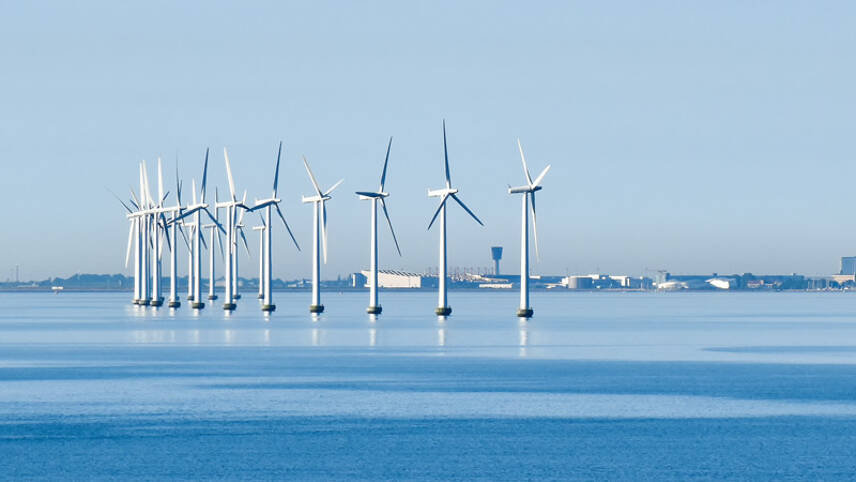Register for free and continue reading
Join our growing army of changemakers and get unlimited access to our premium content

Pictured: Wind turbines off Copenhagen
Published by energy think-tank and clean energy advocates Ember, the European Electricity Review highlights how a slight increase in coal-fired electricity production in Europe last year was more than offset by increased deployment of renewables.
The review reveals that 16% of the EU’s electricity generation mix last year was accounted for by coal, up from 14.5% in 2021. Some countries have increased coal generation as the bloc works to wean itself off of Russian fossil fuels while maintaining energy security, but Ember is confident that this is a short-term trend that is being overshadowed by the continued deployment of clean energy. For context, coal’s share in 2000 was just over 30%.
“In context, coal’s rise was not substantial: coal power remained below 2018 levels and added only 0.3% to global coal generation,” the report states. “Despite importing 22 million tonnes of extra coal throughout 2022, the EU only used a third of it. Countries are as committed to phasing out coal as they were before the crisis.”
According to the review, a record 22% of the electricity generation mix in 2022 was attributable to wind and solar, up from just under 20% the year prior. Meanwhile, gas’s share dipped slightly to 20%. This means it was the first year in which wind and solar played a bigger role in the mix than gas.
Across the EU, 15GW of new wind capacity was built in 2022, the report states. Solar was deployed at an even greater scale, with the report tracking a 24% increase in generation output and stating that 20 EU member states set new solar generation records during the year.
Hydropower and nuclear continued, in 2022, to play the biggest role in Europe’s electricity mix, despite a slight reduction in share due to decreased output amid difficult generating conditions during the summer’s hot and dry weather.
Ember has also documented “stellar” efforts to save energy, both by improving building fabric and by encouraging behaviour change.
“The shocks of 2022 only caused a minor ripple in coal power and a huge wave of support for renewables; any fears of a coal rebound are now dead,” said Ember’s head of data insights Dave Jones.
Year ahead
“The latest indications from the industry suggest that in 2023, Europe’s transition to wind and solar will accelerate in response to the energy crisis and hydro and French nuclear will recover,” Ember has stated.
As such, it is predicting a significant drop in fossil-fuel-based electricity generation in 2023, by perhaps as much as 20%. It is expecting a slight fall in coal generation as some nations come up against commitments to close plants and as others find more sustainable ways to bridge their previous dependence on Russian energy imports. But a steeper fall for gas is expected, with prices expected to remain high for several years to come under a range of forecasts.
Its most optimistic projection entals a 211TWh reduction in fossil fuel generation, offset by an 86TWh increase in wind and solar generation; a 40TWh increase in hydropower generation and a further 84TWh reduction in demand.
The report from Ember has been published as EU lawmakers continue to debate the renewable energy targets nations should be aiming to meet under the bloc’s RePowerEU policy package.
A Union-wide target of 40-45% of the electricity mix being accounted for by renewables is being discussed, with green groups pushing for 45% as a minimum but some member states saying that this would not be feasible and that even getting to 40% would be a stretch. European Parliament should finalise the law within the coming weeks.
With this disagreement taken into account, the chair of the European Parliament’s environment committee, French MEP Pascal Canfin, has floated the idea of targets for each nation that differ due to the carbon intensity of their electricity mix at present. France has sided with the 40% objective.


Please login or Register to leave a comment.